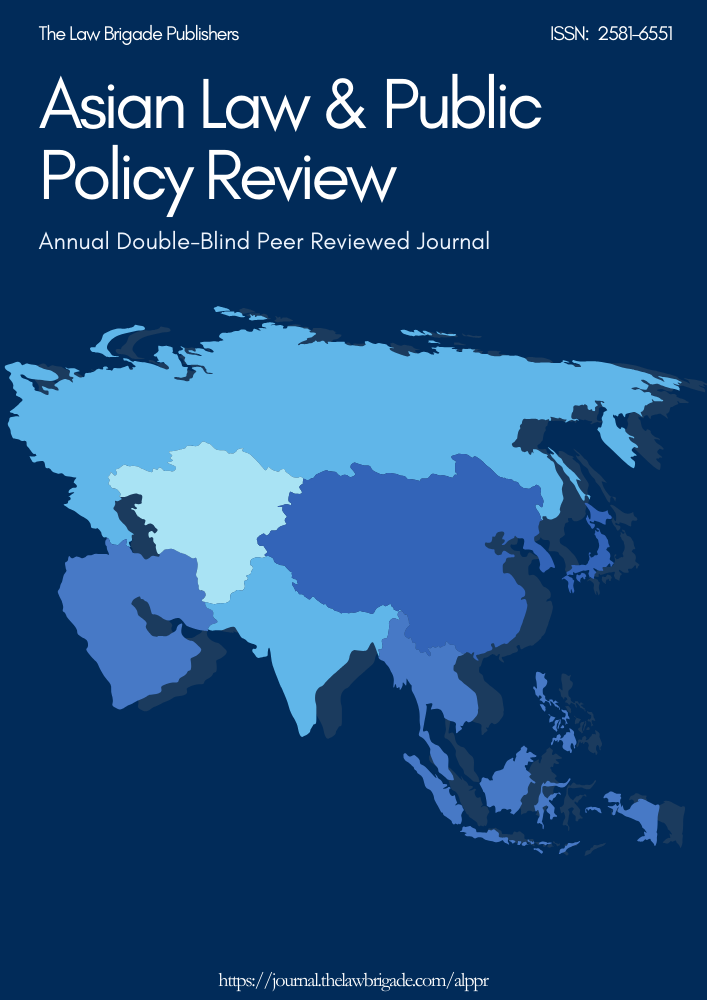The Basic Structure Doctrine In Indian Judicial Principle: An Analysis On The Basic Foundation Of The Constitution
Keywords:
Amendments, Basic Structure, Constitutionalism, FeatureAbstract
The doctrine of basic structure, as propounded in Kesavananda Bharati and the contents thereof as expounded in various landmark judgments of Supreme Court from Shankri Prasad to I.R. Coelhio, have been the guiding principles in interpretation of the Amendment Acts under Article 368 of the Constitution. The rationale for the doctrine is that in the Constitution, there exists a basic structure, the fundamental tenets, upon which the entire gamut of provisions is based. It includes supremacy of the Constitution, republican and democratic form of government, secular character of the Constitution, separation of powers between three organs, federal character of the Constitution, etc. Provisions of the Constitution can be amended provided the basic foundation and structure of the Constitution remains the same. It is a reminder of the words of Benjamin N. Cardozo who commented that, “A Constitution has an organic life in such a sense, and to such a degree, that changes here and there do not sever its identity”. The present paper examines the scope, extent and limitation of basic structure doctrine in Indian judicial principle and how far it is an armor of Constitutionalism and balancing parameter of three organs of government.
Downloads
Downloads
Published
Issue
Section
License

This work is licensed under a Creative Commons Attribution-NonCommercial-ShareAlike 4.0 International License.
License Terms
Ownership and Licensing:
Authors of research papers submitted to any journal published by The Law Brigade Publishers retain the copyright of their work while granting the journal specific rights. Authors maintain ownership of the copyright and grant the journal the right of first publication. Simultaneously, authors agree to license their research papers under the Creative Commons Attribution-ShareAlike 4.0 International (CC BY-SA 4.0) License.
License Permissions:
Under the CC BY-SA 4.0 License, others are permitted to share and adapt the work, even for commercial purposes, provided that appropriate attribution is given to the authors, and acknowledgment is made of the initial publication by The Law Brigade Publishers. This license encourages the broad dissemination and reuse of research papers while ensuring that the original work is properly credited.
Additional Distribution Arrangements:
Authors are free to enter into separate, non-exclusive contractual arrangements for distributing the published version of the work (e.g., posting it to institutional repositories or publishing it in books), provided that the original publication by The Law Brigade Publishers is acknowledged.
Online Posting:
Authors are encouraged to share their work online (e.g., in institutional repositories or on personal websites) both prior to submission and after publication. This practice can facilitate productive exchanges and increase the visibility and citation of the work.
Responsibility and Liability:
Authors are responsible for ensuring that their submitted research papers do not infringe on the copyright, privacy, or other rights of third parties. The Law Brigade Publishers disclaims any liability for any copyright infringement or violation of third-party rights within the submitted research papers.


